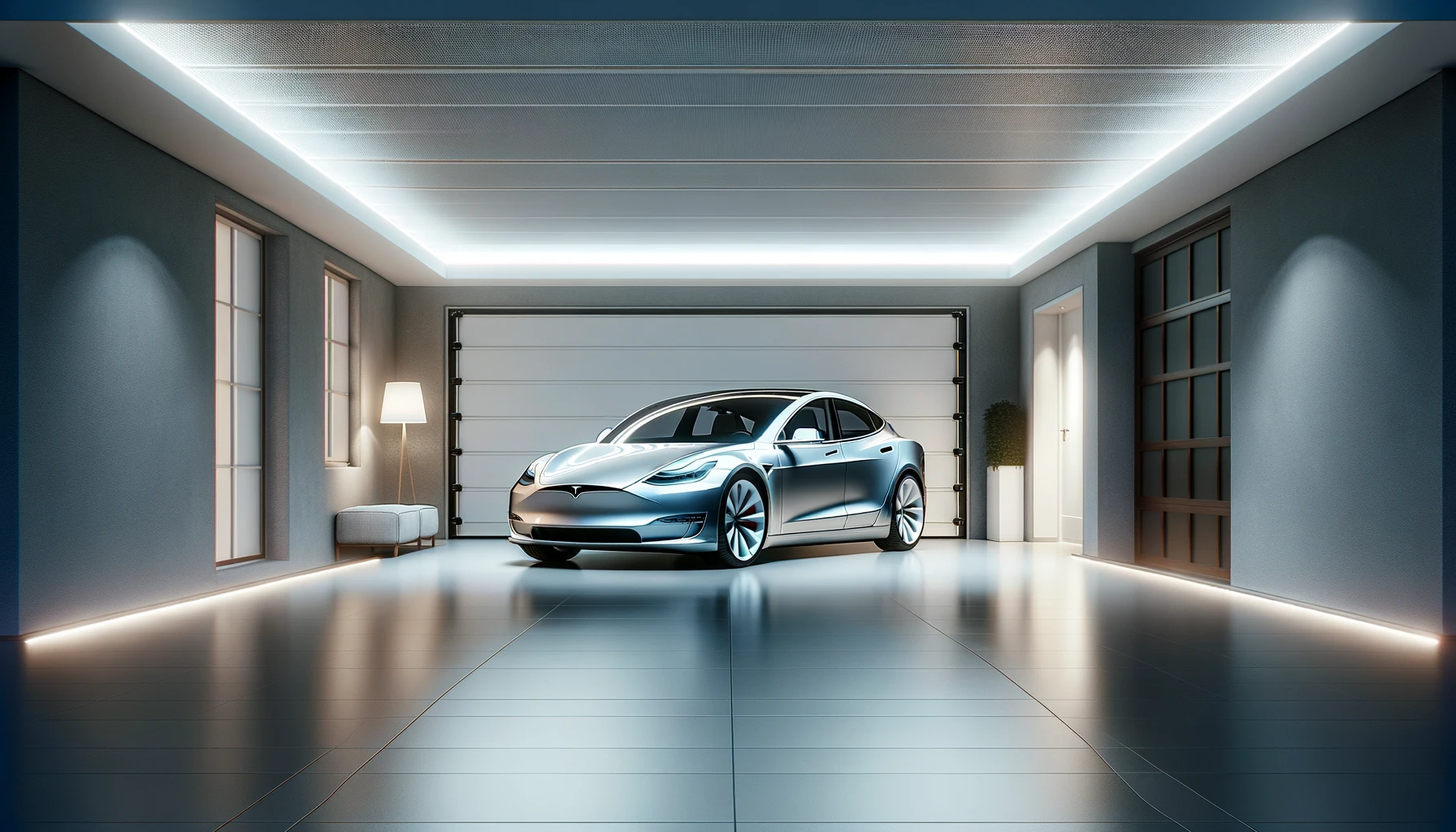Tesla, the electric vehicle (EV) and clean energy company, has recently achieved a new benchmark in the expansion of its Supercharger network. The company has successfully refined its installation procedures, resulting in Supercharger stations being operational in just four days post-delivery—a significant speed improvement. This rapid deployment not only reinforces Tesla’s commitment to enhancing EV infrastructure but also solidifies its competitive edge in the EV market.
Supercharger Deployment Reaches New Heights
The acceleration of Tesla’s Supercharger network is evident in recent initiatives that showcase the company’s improved methods of establishing charging stations. By pre-assembling the Supercharger stalls, complete with concrete bases, at its Gigafactory New York, Tesla demonstrates remarkable efficiency. Up to 12 of these prefabricated units fit on a single truck, ready to be shipped and promptly installed at various locations. Once at the site, the only remaining step is to connect the units to a utility provider, and the station is ready to serve Tesla customers.
Historical Context of Tesla’s Supercharger Network
Tesla’s journey to enhancing its Supercharger network can be retraced to past efforts of expanding this critical infrastructure. The company’s focus on developing proprietary charging technology has been a cornerstone of its business model, aiming to alleviate range anxiety for EV drivers. In years past, Tesla has marked significant milestones, from unveiling the first high-speed Supercharging stations to more recent announcements of ultra-fast V3 Superchargers. Each step represented an important stride towards achieving a robust, accessible network that supports the growing fleet of Tesla vehicles on the road.
Exploring related developments, Engadget reported on “Tesla’s Supercharger network continues to grow as EV demand surges,” highlighting the company’s ambitious plans to double its Supercharger network. In tandem, CleanTechnica’s article “Tesla’s Supercharger Expansion Paves the Way for EV Adoption,” delved into how Tesla’s strategy not only serves its customers but also sets a precedent for the industry’s transition to sustainable transportation.
Opening Access to Other EV Brands
Tesla’s impressive feat in expanding its Supercharger network comes alongside the company’s decision to share this resource with other EV brands. This move, initially extended to Ford and Rivian owners, exemplifies Tesla’s broader vision of supporting the transition to electric mobility. The company plans to continue this inclusive approach, with Polestar, Volvo, and General Motors (GM) expected to gain access in the future. This step not only benefits Tesla by potentially increasing revenue but also encourages wider EV adoption by enhancing overall charging infrastructure accessibility.
Useful information for the reader
- Tesla’s streamlined Supercharger installation promises a four-day turnaround.
- The company’s largest Supercharger site boasts 76 prefabricated units.
- Expansion of access to non-Tesla EV brands could revolutionize charging networks.
The rapid deployment of Tesla’s Superchargers, now a mere four-day process from delivery to operation, is a testament to the company’s innovative approach to infrastructure challenges within the EV space. By optimizing the installation of Supercharger stations, Tesla not only ensures its customers have access to reliable charging options but also strengthens its market leadership. As Tesla opens its network to other EV manufacturers, it stands on the precipice of shaping an interconnected, brand-agnostic charging ecosystem that could define the future of electric mobility.










